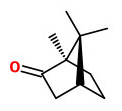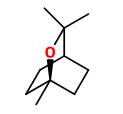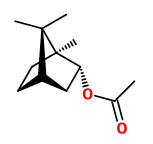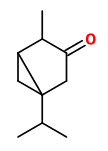Artemisia frigida Willd. - Asteraceae - fringed sagebrush, prairie sagewort, Indianicher Frauenbeifuß
Perennial, base woody, up to 50cm high, native to Europe, Asia, North America, cultivated as ornamental; stems gray-green, glabrescent; leaves 1-2 ternately lobed, gray-green, coated in silvery hairs, strongly aromatic; flower heads with pistillate ray florets (10-17) and many bisexual disc florets (20-50).
„Reports of Artemisia frigida from eastern Canada (Ontario eastward), the eastern United States (e.g., Connecticut, Massachusetts, Michigan, Vermont), and Arkansas and Missouri appear to be from old garden sites where the plants may persist. The similarity of this native species to cultivars from eastern Asia (especially Siberia) has led to a number of reports that are apparently based on other cultivars. As a plant with attractive silver foliage, this species has good potential as a drought-hardy plant for flower gardens in cold climates.“ Flora of North America
„Twenty-two main compounds were identified in undamaged A. frigida: camphene (14.27%), (E)-3-hexen-1-ol,acetate (10.85%), p-cymene (9.05%), eucalyptol (39.80%), α-terpineol (10.04%), β-terpineol (2.48%), camphor (5.66%) and (R)-(-)-p-menth-1-en-4-ol (3.84%). Twelve kinds of VOCs increased with damage; those with a relative content > 1% were cis-3-Hexenal (1.15%), 2-Pentenal (1.34%), cis-Geraniol (2.66%), Borneol (4.47%), (1R,4R)-(+)-p-Mentha-2,8-diene (9.15%), Bornyl acetate (1.37%) and Eudesma-4(14),11-diene (1.30%).“
[Zhao-Jiang, Z. U. O., et al. „Analysis of main volatile organic compounds and study of aboveground structures in Artemisia frigida.“ Chinese Journal of Plant Ecology 34.4 (2010): 462]
„An analysis of 15 samples of the essential oil from A. frigida obtained over a period from 1999 to 2007 indicates that samples from different populations have similar sets of the main components: α-pinene (0.2–7.8%), camphene (1.9–5.8%), 1,8-cineole (8.9–33.8%), camphor (6.7–40.0%), borneol (3.9–12.3%), terpine-4-ol (1.5–6.5%), bornyl acetate (1.4–22.0%), and germacrene D (1.4–14.6%). Some samples contain substantial amounts of α- and β-thujones (in total up to 19.1%), which are completely absent in other samples. Some samples contain santolina alcohol (up to 13.8%) and its acetate (up to 4.8%).“
[Korolyuk, E. A., and A. V. Tkachev. „Chemical composition of the essential oil from two wormwood species Artemisia frigida and Artemisia argyrophylla.“ Russian journal of bioorganic chemistry 36 (2010): 884-893]
„A total of 32 constant compounds have been identified in the essential oil of A. frigida throughout its habitat range in Eurasia, from Kazakhstan to Qinghai Province, China. Among them, camphor, 1,8-cineol and bornyl acetate are the dominant components, contained in 93–95% of the samples. Among the sesquiterpenoids, germacrene D is the dominant component in 67% of the samples.“
[Zhigzhitzhapova, Svetlana V., et al. „Essential Oils of Artemisia frigida Plants (Asteraceae): Conservatism and Lability of the Composition.“ Plants 12.19 (2023): 3422]
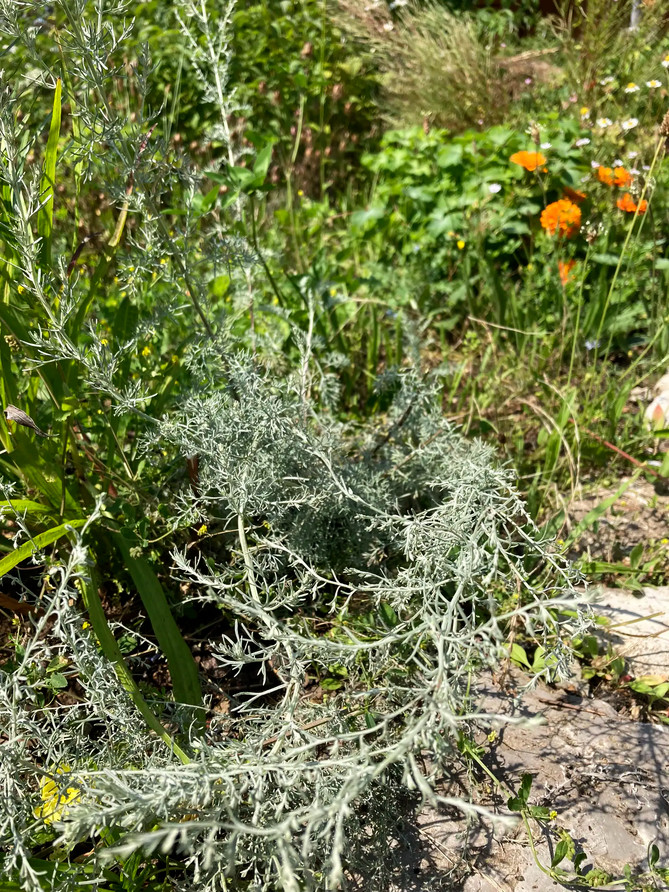
Artemisia frigida CC BY-SA 3.0, Author: Andreas Kraska

